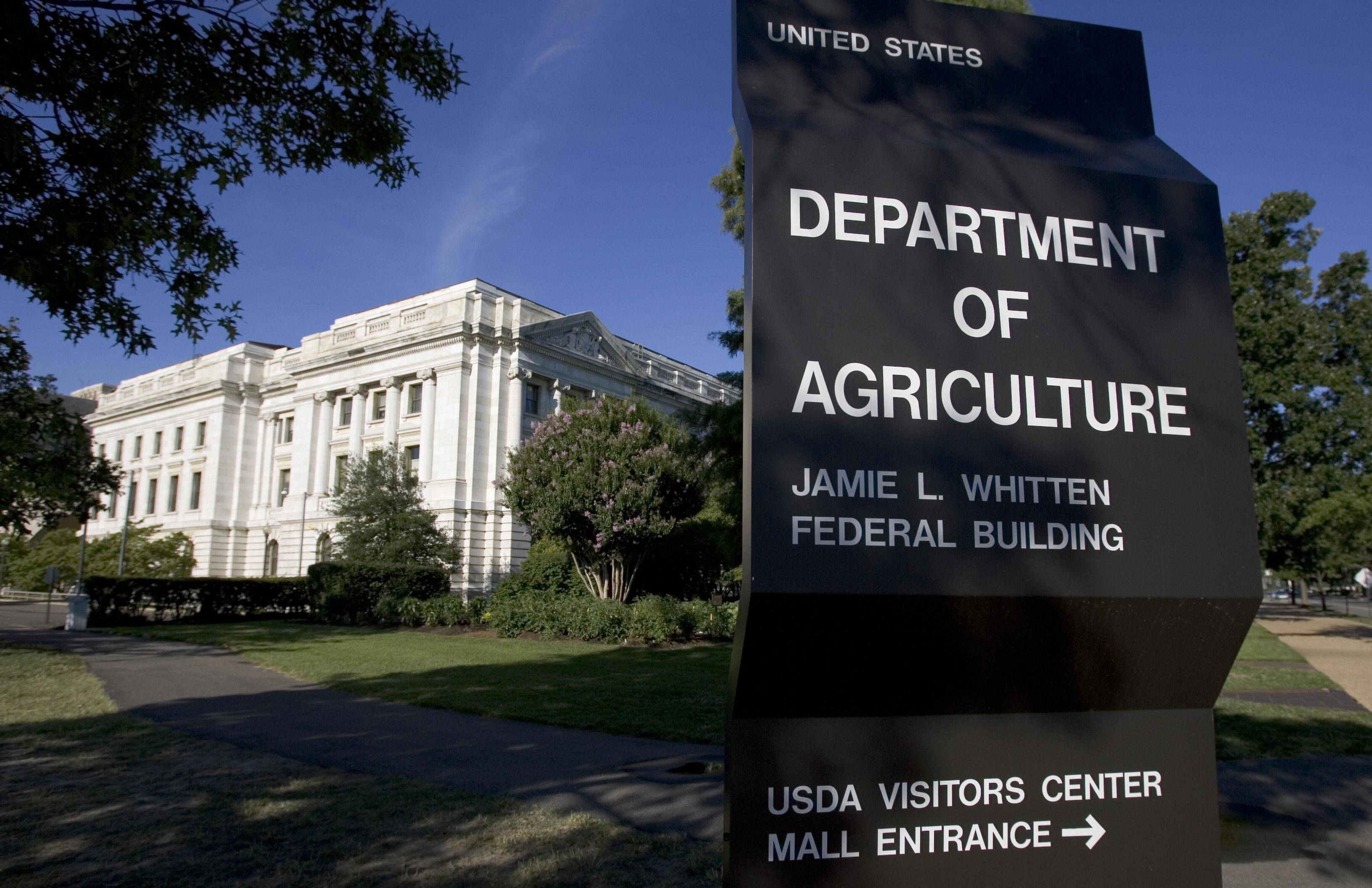The U.S. Food and Drug Administration found H5N1 virus particles in some samples of pasteurized...
Additional Aid Available for Dairy Farms Impacted by H5N1

The USDA has announced federal aid would be made available to assist dairy farmers impacted by H5N1 Influenza A.
Ag Secretary Tom Vilsack said funds will support efforts to protect against the potential spread of the virus between animals and humans. “Up to $2,000 per affected premises per month for producers who supply personal protective equipment (PPE) to employees and/or who provide outerwear uniform laundering for producers of affected herds who facilitate the participation of workers on the farm in a USDA - Centers for Disease Control (CDC) workplace and farm worker study,” he says. Workers who participate in the study are also eligible for financial incentives.
The CDC recently asked state health departments to coordinate with state agriculture departments to help facilitate the distribution of PPE.
CDC principal deputy director Nirav Shah says states should prioritize farms where animals have had confirmed cases. “Our ask to state health departments in connection with the district distribution of PPE was that they specifically work with farm worker advocacy and health organizations within their states,” he says. “Because of that trusted linkage.”
Vilsack says funds will also be available to support biosecurity planning and implementation, based on existing secure milk supply plans. “This includes recommended enhanced biosecurity for individuals who frequently move between dairy farms like milk haulers, veterinarians, feed truck operators, technicians, etc.,” he says.
USDA will also provide funding for a safe disposal option for milk. Heat treatment performed in accordance with FDA standards is currently the only effective method of inactivating the virus in milk.
Funds will also be made available to reimburse producers for veterinarian costs associated with confirmed positive H5N1 premises and offset shipping costs for testing in the National Animal Health Laboratory Network.
In total, Vilsack says the tools being offered by the department represent a value of up to $28,000 per premises to support increased biosecurity activities in the coming months.
Vilsack says steps are being taken to make funding available from the Emergency Assistance for Livestock, Honeybees, and Farm-raised Fish Program (ELAP) to compensate eligible producers with positive herds where the loss of milk production has occurred.
The CDC continues to monitor the virus to detect any changes that may increase transmission risk. The risk to the public remains low, and data collected shows the milk supply and the beef supply remain safe.
EDITOR’S TAKE:
It appears USDA is going to spend a lot of money to help the dairy industry combat the impacts of the H5N1 virus and prevent further spread of the disease. Biosecurity measures, such as protective clothing and masks, could help farm workers reduce their exposure. Other funds that help prevent any potentially contaminated food from entering the supply chain are also an extra measure of insurance against further spread. Protecting the health and safety of our citizens is job number one for government, and these expenditures could be very helpful in that endeavor. It is important to encourage diligence among the farmers/ranchers in your area. Some of our AgPack® partners have products that could be very helpful in this battle. Be sure you promote those businesses in your communication with producers around you.








